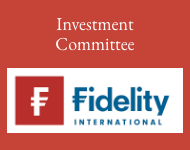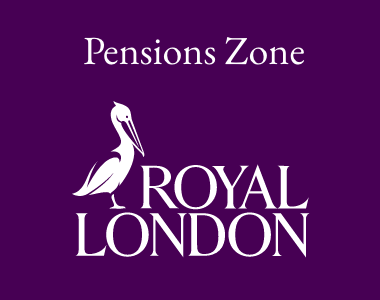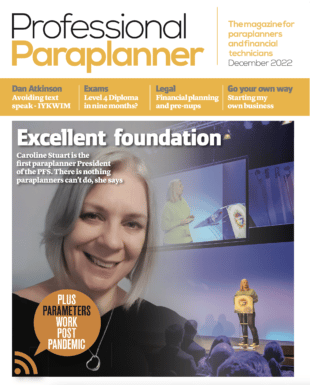HMRC’s approach to tax avoidance schemes has evolved relatively slowly over the past 20 years. Gerry Brown considers the many provisions, rules and consultations, that HMRC has undertaken and whether financial advisers and paraplanners may come under HMRC scrutiny.
In the 1980s and 1990s HMRC attacked tax avoidance schemes on a case by case basis – often not learning about new strategies until they had been implemented.
That approach changed with the introduction of the Disclosure of Tax Avoidance Schemes (DOTAS) provisions in 2004 and their expansion in subsequent years. DOTAS enabled HMRC to get early information about schemes and how they are structured and to identify, relatively quickly, the users of such schemes.
The introduction of a General Anti-Avoidance Rule (GAAR) in 2013 also helped HMRC combat what it saw as unacceptable tax avoidance.
HMRC then turned its focus on their promoters. Legislation introduced between 2015 and 2021 required ‘monitored‘ promoters (those who in HMRC’s view exhibited high risk behaviours) to disclose details of their products and their clients.
Having made significant progress in countering contrived avoidance schemes, HMRC adopted a softer approach towards the UK tax advice market.
Raising standards in the tax advice market
In March 2021, HMRC launched a consultation, Raising standards in the tax advice market: professional indemnity insurance and defining tax advice.
HMRC acknowledged that most tax advisers encourage clients “to do the right thing”. However, it launched the consultation because it felt the tax advice marked could function better. It noted that some advisers act “incompetently or unprofessionally, which can harm taxpayers and businesses and reduce public revenue”.
In the summary of responses to the consultation, HMRC states, “As a result, some advisers are not operating according to the standards expected of them by their professional bodies, or by the HMRC Standard for Agents, leaving some clients vulnerable to poor advice.”
The consultation considered two issues:
• whether tax advisers should be compelled to have professional indemnity insurance (PII), and
• how to define “tax advice” to determine to whom any new requirements should apply.As a consequence of the consultation, the government decided against making PII mandatory because that wouldn’t necessarily improve standards of tax advice.
But what’s tax advice?
There’s no standard definition of tax advice.
Money laundering regulations define a ‘tax adviser’ as:
“a firm or sole practitioner who by way of business provides material aid, or assistance or advice, in connection with the tax affairs of other persons, whether provided directly or through a third party, when providing such services”.
The legislation in Finance Act 2012 allows HMRC to examine working papers of tax agents involved in dishonest conduct. It defines a ‘tax agent’ as “an individual who, in the course of business, assists other persons (‘clients’) with their tax affairs”.
On the basis of either of these definitions, financial advisers and paraplanners would be tax advisers. What adviser has not told clients of the tax benefits of individual savings accounts (ISAs) or pension contributions? Many financial advisers assist in developing inheritance tax planning arrangements.
Financial advisers, planners and paraplanners
So what does this mean for financial planners and advisers, and paraplanners?
It seems that for now, at least, the information and analysis provided by advisers and paraplanners will not come under HMRC scrutiny. The summary of responses lists several exclusions, such as “advice given to discharge a legal or regulatory obligation”.
This includes tax information on investment and financial products and “nudging customers toward using their individual savings account allowance, as required of bankers by the Financial Conduct Authority”.
But this might change. As the old proverb goes, “The mills of the gods grind slowly, but they grind exceedingly fine.”






























